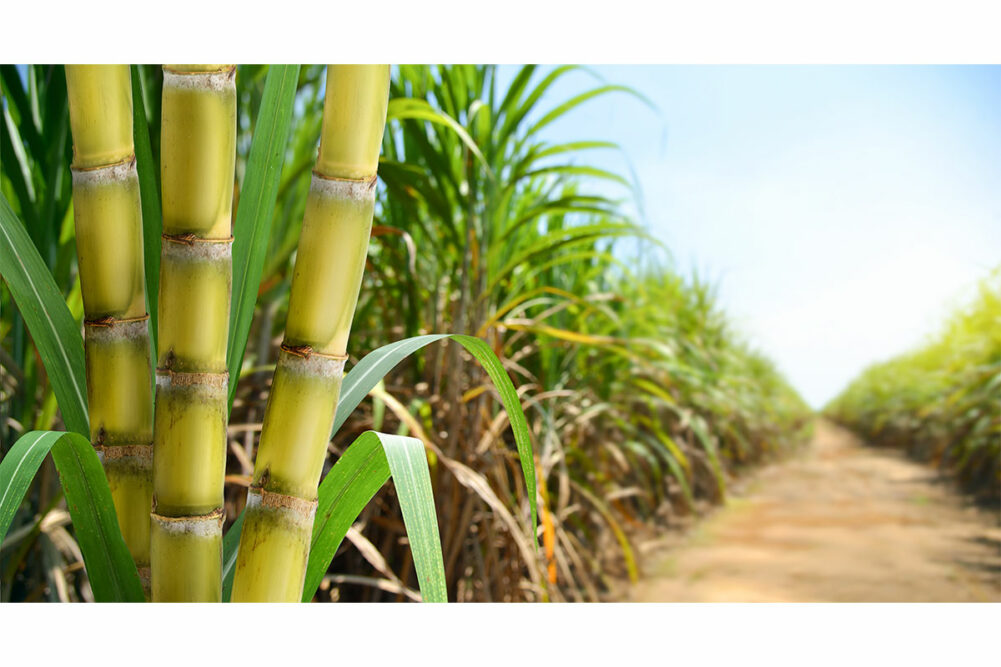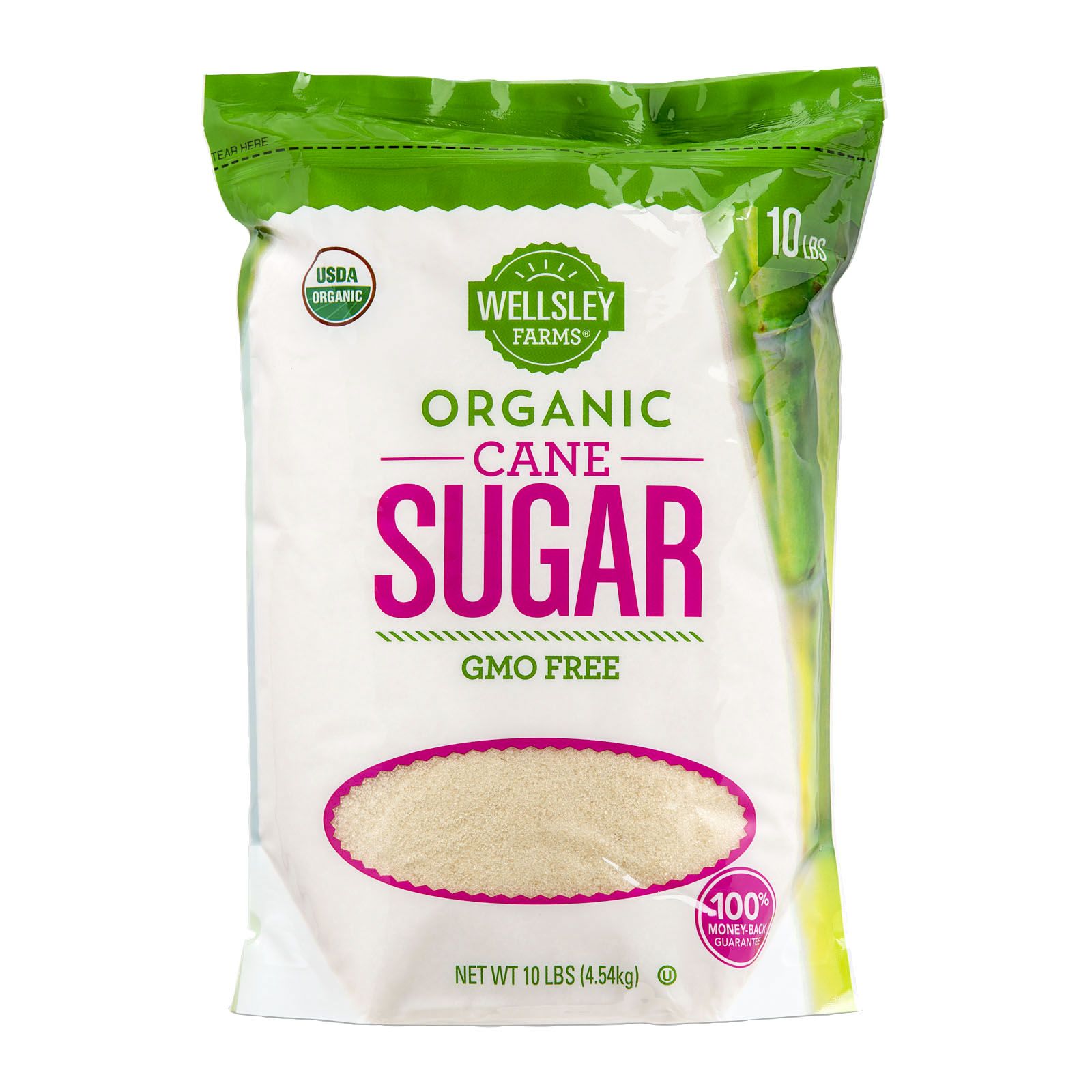Cane Sugar Processing: Ingenious Strategies for High Quality Production
Exploring the Comprehensive Steps Associated With Walking Stick Sugar Processing From Gathering to Improvement
The process of walking stick sugar manufacturing incorporates a collection of intricate steps, beginning with the mindful harvesting of sugarcane and culminating in the improvement phases that make certain the final product satisfies industry requirements. Each stage, from the removal of juice to the filtration and crystallization processes, plays an important function in establishing the high quality and character of the sugar.
Collecting Sugarcane
Collecting sugarcane is a critical action in the cane sugar handling chain, as it straight influences the quality and return of the last product. Correct timing and methods are crucial throughout this stage to guarantee optimum sugar content and reduce losses. Normally, sugarcane is collected when it gets to maturity, generally 12 to 18 months after growing, defined by a high sucrose focus.

Post-harvest, the sugarcane needs to be refined swiftly to stop sucrose deterioration. Preferably, harvested walking cane ought to be transported to refining facilities within 24 hr to protect sugar high quality. Consequently, reliable logistical preparation is important to preserve the honesty of the collected plant throughout the supply chain.
Removal Refine

The crushed walking cane undergoes a series of pushing operations to optimize juice healing. Normally, warm water is sprayed onto the smashed walking stick, developing a countercurrent circulation that aids liquify the sugar while likewise assisting in the removal process. The juice collected from this operation contains not only sugar however additionally various organic compounds and pollutants.

To enhance extraction effectiveness, some facilities might utilize diffusion techniques, where the sugarcane is taken in hot water, enabling the soluble sugars to diffuse right into the fluid. The resulting juice, rich in sucrose, is then directed to succeeding processing phases, laying the structure for filtration and refinement. The extraction procedure is thus pivotal in identifying the quality and return of the last sugar item.
Filtration Strategies
The filtration strategies used in walking cane sugar processing are crucial for transforming the raw juice into a high-quality sugar item. These methods largely intend to get rid of impurities, such as soil, plant materials, and inorganic materials, which can negatively impact the final item's taste and shade.
This procedure involves adding lime and heat to the raw juice, which assists in the coagulation of pollutants. Furthermore, the usage of phosphoric acid can enhance the clarification process by more binding pollutants.
One more substantial method is carbonatation, where co2 is introduced to the clarified juice. This response creates calcium carbonate, which records remaining contaminations and promotes their elimination.
Furthermore, activated carbon therapy might be applied to adsorb any type of continuing to be colorants and natural pollutants, making sure a more refined item. The combination of these approaches successfully prepares the sugar juice for succeeding actions in the refining process, establishing the phase for the manufacturing of premium cane sugar.
Crystallization Techniques
After the filtration phase, the following critical step in cane sugar handling entails crystallization approaches, which play a crucial role in changing the cleared up juice right into solid sugar. This procedure typically uses two primary methods: spontaneous formation and regulated crystallization.
In spontaneous formation, supersaturated sugar solutions are allowed to cool naturally, bring about the formation of sugar crystals with time. This approach is simpler yet might cause unequal crystal sizes and lower purity levels. On the other hand, managed condensation is a much more specific technique where concentration, temperature level, and seeding agents are carefully managed. This technique permits for the consistent development of sugar crystals and higher purity.
Throughout condensation, the made clear juice is concentrated with evaporation, enhancing its sugar web content until it gets to supersaturation. As soon as other this factor is achieved, either approach can facilitate the condensation process. Cane Sugar Processing. The resultant sugar crystals are after that separated from the staying syrup with centrifugation
Eventually, the choice of formation method influences the quality, dimension, and purity of the final sugar product, making this action important in the overall walking stick sugar processing procedure.
Improvement and Packaging
Exactly how can the purity and high quality of walking stick sugar be even more improved after formation? The improvement procedure plays a critical role in accomplishing premium walking stick sugar.
Next, the sugar is subjected to a process called centrifugation, where it is rotated at broadband to separate the detoxified sugar crystals from the staying liquid. After centrifugation, the sugar is usually further refined with a method called carbonization or phosphatation, which makes use of triggered carbon or phosphoric acid to get rid of color and off-flavors.
As soon as fine-tuned, the sugar is dried to attain the preferred dampness material, ensuring that it remains secure throughout storage and transport. The last step includes packaging the polished sugar in moisture-proof and airtight containers to preserve its high quality and protect against contamination. Cane Sugar Processing. Proper product packaging not just extends life span yet also helps with simple handling and circulation, making certain that customers receive sugar that meets the highest possible requirements of purity and quality
Conclusion
The comprehensive steps included in walking cane sugar handling, from the thorough harvesting of sugarcane to the detailed improvement and packaging stages, emphasize the relevance of each phase in guaranteeing top notch sugar production. Ideal harvesting techniques, reliable removal methods, and extensive filtration procedures collectively contribute to the end product's purity and stability. The crystallization and succeeding packaging methods additionally improve the stability and service life of the sugar, highlighting the intricacy and accuracy fundamental in this necessary agricultural industry.
The procedure of walking stick sugar production includes a collection of elaborate steps, beginning with the cautious harvesting of sugarcane description and culminating in the refinement phases that ensure the final product fulfills market criteria. Preferably, gathered walking cane must be transferred to processing centers within 24 hours to preserve sugar top quality.In spontaneous crystallization, supersaturated sugar solutions are allowed to cool naturally, leading to the development of sugar crystals over time - Cane Sugar Processing. The refinement process plays a visit this site right here crucial function in attaining high-grade cane sugar.The thorough steps entailed in cane sugar handling, from the thorough harvesting of sugarcane to the complex refinement and product packaging stages, highlight the value of each phase in guaranteeing top quality sugar manufacturing